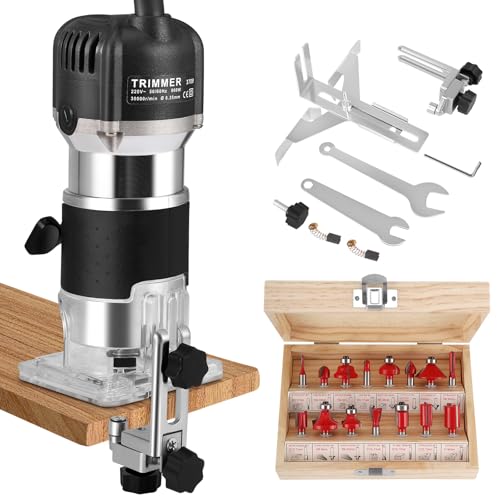There you go then, Adam, they are essentially 'infills', so you've fallen for the story-line too! 
One of those planes was also in my lust-bucket way back, & I would dearly have loved to get my hands on one, but where I live they are almost as rare as feathered frogs, & out of my price range in any case. So I made my own, using a Record blade (& a design heavily influenced by the 073) which I was pleased with at the time, but which looks rather fugly down the retrospectoscope!

That was around 1980, & one of my earliest plane-making efforts, so I plead ignorance, m'lord. It worked quite well (surprisingly, considering my near-complete lack of experience in the art!), but I have learnt a little bit more in the near-40 years since, so I recently replaced it with a new model.

The profile of this one is shamelessly plagiarised from G. Miller of London - I like his flowing side profile much better than Spiers' & Norris's. I also dispensed with the adjustable toe that I (laboriously) fitted on #1, as I found it an unnecessary complication once I'd figured out how to reliably make fine mouths...
Cheers,
Ian
One of those planes was also in my lust-bucket way back, & I would dearly have loved to get my hands on one, but where I live they are almost as rare as feathered frogs, & out of my price range in any case. So I made my own, using a Record blade (& a design heavily influenced by the 073) which I was pleased with at the time, but which looks rather fugly down the retrospectoscope!

That was around 1980, & one of my earliest plane-making efforts, so I plead ignorance, m'lord. It worked quite well (surprisingly, considering my near-complete lack of experience in the art!), but I have learnt a little bit more in the near-40 years since, so I recently replaced it with a new model.

The profile of this one is shamelessly plagiarised from G. Miller of London - I like his flowing side profile much better than Spiers' & Norris's. I also dispensed with the adjustable toe that I (laboriously) fitted on #1, as I found it an unnecessary complication once I'd figured out how to reliably make fine mouths...
Cheers,
Ian
Last edited:




































